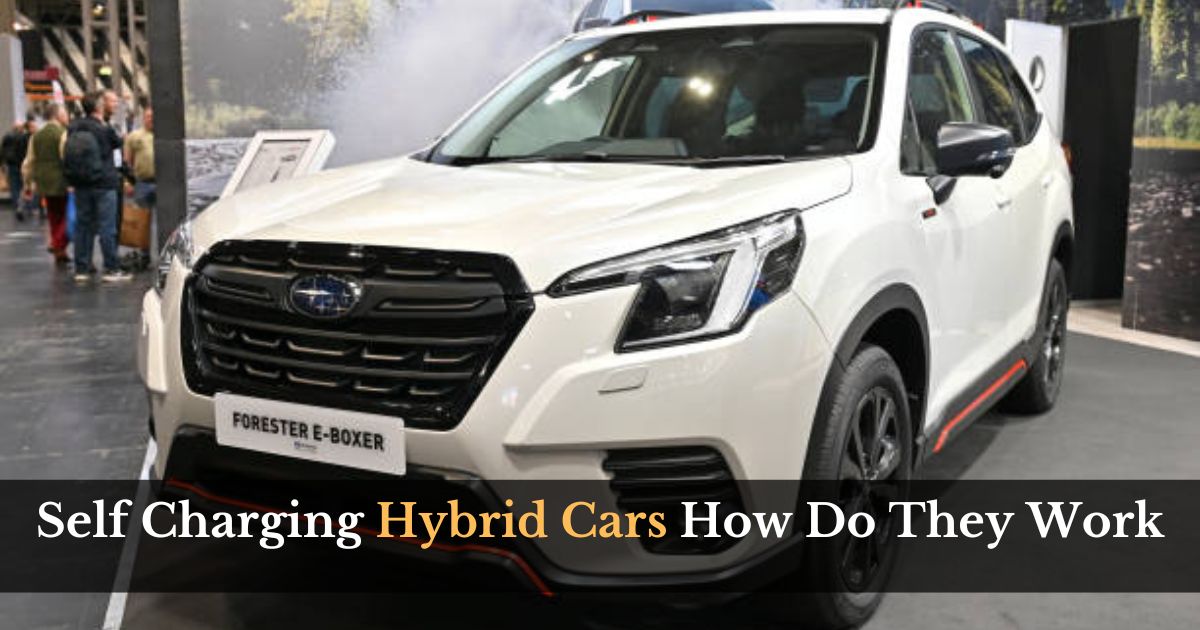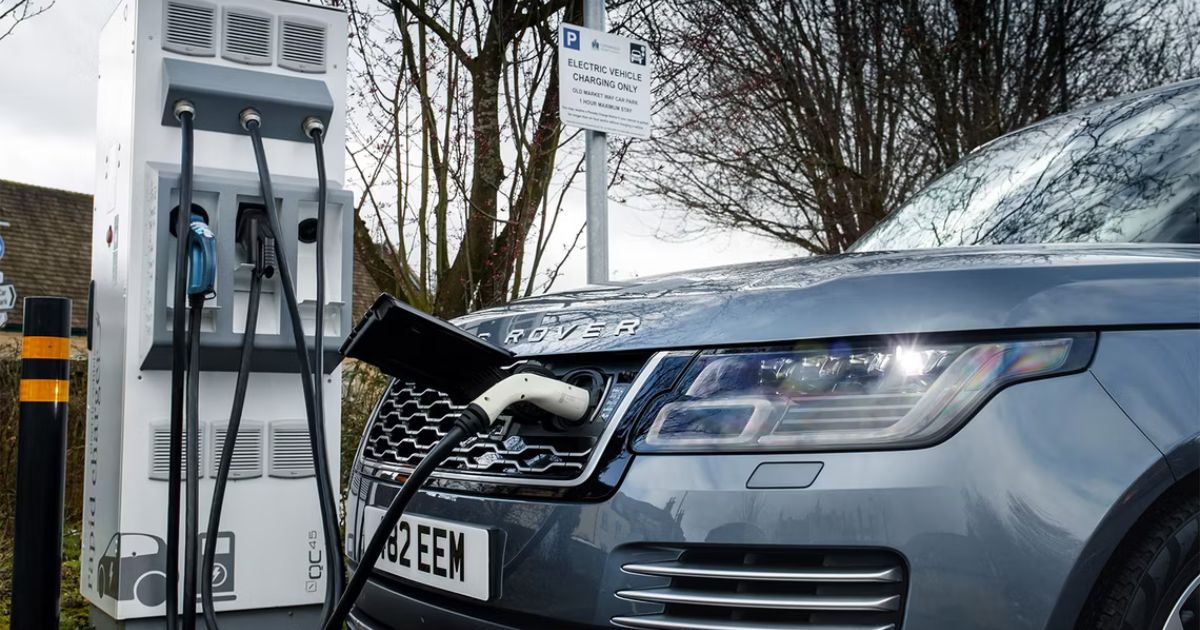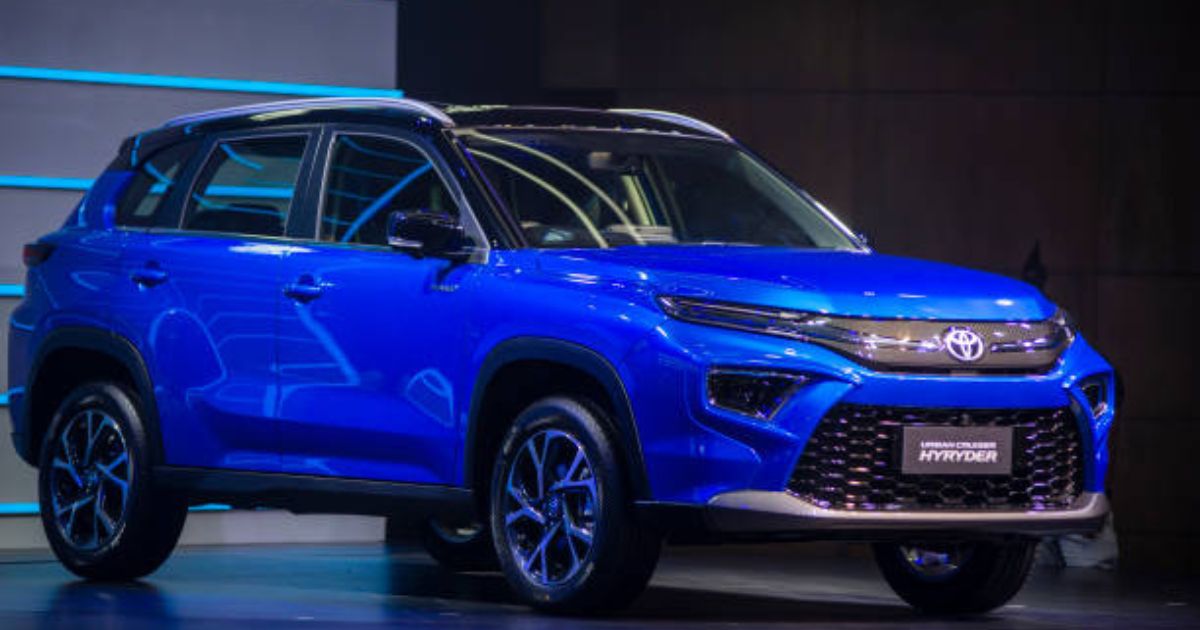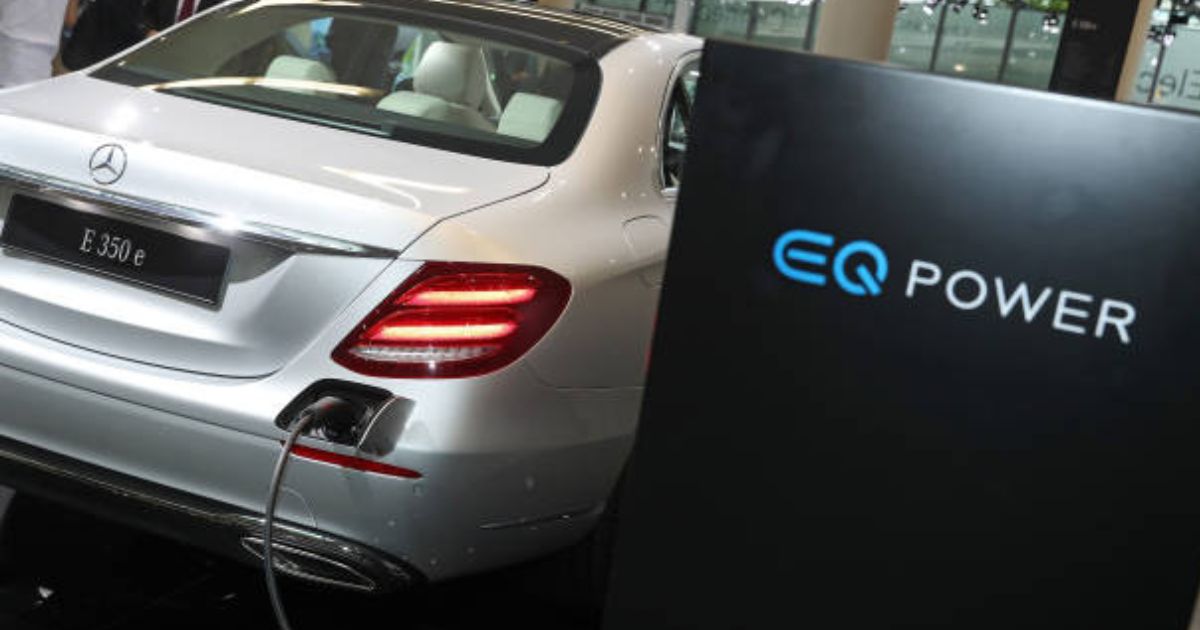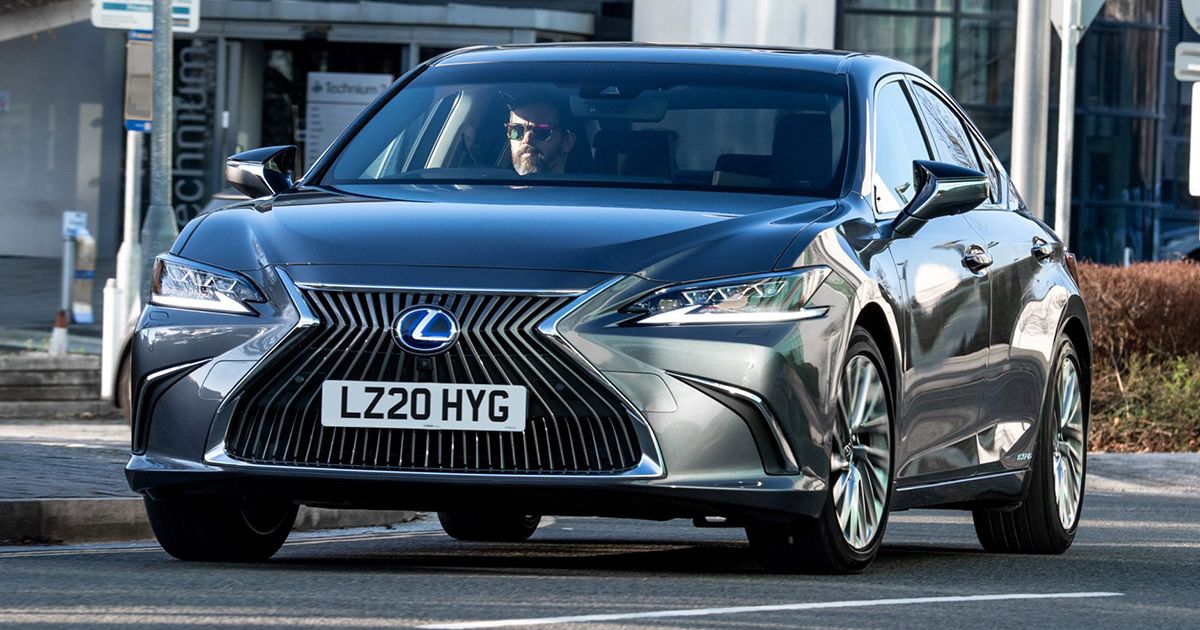Self charging hybrid cars how do they work, Self-charging hybrid cars, also known as hybrid electric vehicles (HEVs), are innovative vehicles that combine an internal combustion engine (typically gasoline) with an electric motor and a battery pack. These cars are designed to improve fuel efficiency and reduce emissions compared to traditional gasoline-powered vehicles.
Self-Charging Hybrid Cars: How Do They Work?
Introduction
Understanding how self-charging hybrid cars work can seem like a daunting task, but it’s actually quite simple once you break it down. These cars combine traditional gas engines with electric motors to provide a more fuel-efficient and eco-friendly driving experience. Let’s dive into the details of how these innovative vehicles function.
How Hybrid Cars Differ from Traditional Cars
Basic Mechanisms of Traditional Cars
Traditional cars rely solely on an internal combustion engine (ICE) that burns fuel to create power. This system has been the standard for over a century and works by igniting a mix of air and gasoline in the engine’s cylinders.
Introduction to Hybrid Technology
Hybrid cars, on the other hand, use both an ICE and an electric motor. This combination allows them to switch between or simultaneously use both power sources, optimizing fuel efficiency and reducing emissions.
Self-Charging Hybrid Cars: How They Work
| Feature | Description |
Benefit in the USA
|
| Engine and Electric Motor | Powered by both a gasoline engine and an electric motor. |
Provides flexibility and reduces reliance on gasoline.
|
| Battery | Smaller battery compared to plug-in hybrids. |
Charges automatically, eliminating the need for external charging stations, which can be scarce in some areas of the USA.
|
| Regenerative Braking | Captures energy lost during braking and converts it to electricity. |
Extends battery life and improves fuel efficiency, saving money on gas.
|
| Driving Modes | Can operate on electric power alone (at low speeds or for short distances), gasoline engine alone (for highway driving), or a combination of both. |
Offers a balance between electric power for city driving and gasoline power for longer trips, common in the USA.
|
| Fuel Source | Relies on gasoline for the engine but uses less gas overall due to electric motor assistance. |
Reduces fuel consumption and emissions, aligning with environmental goals in the USA.
|
| Charging | Does not require plugging into an external charging station. |
Convenient for drivers who don’t have access to home charging or live in areas with limited charging infrastructure.
|
Types of Hybrid Cars
Mild Hybrids
Mild hybrids use a small electric motor to assist the ICE but cannot power the car on electricity alone. They improve fuel efficiency slightly but don’t offer full electric driving.
Full Hybrids
Full hybrids can run on just the electric motor, just the ICE, or a combination of both. This flexibility significantly boosts fuel efficiency, especially in city driving.
Plug-In Hybrids
Plug-in hybrids have larger batteries that can be charged via an external power source, allowing them to run longer on electricity alone before switching to the ICE.
Self-Charging Hybrids
Self-charging hybrids recharge their batteries using regenerative braking and the ICE, eliminating the need for external charging. They offer a seamless driving experience without the need for plugging in.
Components of a Self-Charging Hybrid Car
Internal Combustion Engine
The ICE in a self-charging hybrid is similar to that in traditional cars but is used more efficiently in conjunction with the electric motor.
Electric Motor
The electric motor powers the car at low speeds and assists the ICE during acceleration and high-speed driving.
Battery Pack
The battery pack stores energy generated from regenerative braking and the ICE, providing power to the electric motor.
Power Control Unit
The power control unit manages the flow of electricity between the battery, electric motor, and ICE, ensuring optimal performance.
How Self-Charging Hybrid Cars Work
Starting the Car
When you start a self-charging hybrid, the electric motor often kicks in first, providing a quiet and smooth start.
Driving at Low Speeds
At low speeds, such as in city traffic, the electric motor powers the car, using stored energy from the battery pack.
Accelerating
During acceleration, the electric motor and ICE work together to provide a boost, improving fuel efficiency and performance.
Braking and Regenerative Braking
When braking, the regenerative braking system converts kinetic energy into electrical energy, recharging the battery pack.
Cruising at High Speeds
At higher speeds, the ICE takes over as the primary power source, with the electric motor assisting as needed.
Regenerative Braking System
What is Regenerative Braking?
Regenerative braking is a system that captures the energy normally lost during braking and converts it into electricity, which is stored in the battery pack.
Benefits of Regenerative Braking
This process increases energy efficiency and reduces wear on the traditional braking system, leading to longer-lasting brakes and improved fuel economy.
Energy Management in Self-Charging Hybrids
How Energy is Stored and Used
Energy from the ICE and regenerative braking is stored in the battery pack and used by the electric motor to power the car, especially at low speeds.
Role of the Battery Pack
The battery pack is crucial for storing energy and providing it to the electric motor, ensuring smooth transitions between power sources.
Advantages of Self-Charging Hybrid Cars
Fuel Efficiency
Self-charging hybrids offer excellent fuel efficiency by combining electric and gasoline power, reducing overall fuel consumption.
Reduced Emissions
By using the electric motor more frequently, these cars produce fewer emissions compared to traditional vehicles.
Convenience of Not Plugging In
Since they recharge themselves, there’s no need to worry about finding a charging station or plugging in at home.
Common Myths About Self-Charging Hybrids
Myth 1: They Never Use Gas
While they use less gas than traditional cars, self-charging hybrids still rely on gasoline, especially at higher speeds and for long-distance driving.
Myth 2: They Are the Same as Electric Cars
Unlike fully electric cars, self-charging hybrids still have an ICE and require gasoline.
Myth 3: They Require Special Maintenance
Maintenance for self-charging hybrids is similar to that of traditional cars, though the electric components may need occasional checks.
Comparing Self-Charging Hybrids to Other Hybrid Types
Self-Charging vs. Plug-In Hybrids
Self-charging hybrids are more convenient since they don’t need external charging, but plug-in hybrids can run longer on electricity alone.
Self-Charging vs. Mild Hybrids
Self-charging hybrids offer better fuel efficiency and electric-only driving capabilities compared to mild hybrids.
Cost and Savings Analysis
Initial Purchase Cost
Self-charging hybrids can be more expensive upfront compared to traditional cars, but prices are becoming more competitive.
Long-Term Savings
Savings on fuel and potential tax incentives can offset the initial higher cost over time.
Tax Incentives and Rebates
Many governments offer incentives for buying hybrid cars, reducing the overall cost.
Environmental Impact
Emission Reductions
Self-charging hybrids produce fewer emissions, contributing to cleaner air and reduced greenhouse gases.
Sustainability Factors
Using less fuel and producing fewer emissions make these cars a more sustainable choice for the environment.
Future of Self-Charging Hybrid Cars
Technological Advancements
Ongoing advancements in battery technology and electric motors promise even better performance and efficiency.
Market Trends
As more consumers seek eco-friendly options, the popularity and availability of self-charging hybrids are expected to grow.
Consumer Considerations
Is a Self-Charging Hybrid Right for You?
Consider your driving habits, environmental concerns, and budget to determine if a self-charging hybrid fits your needs.
What to Look for When Buying
Look for features like fuel efficiency, battery warranty, and overall vehicle reliability when shopping for a self-charging hybrid.
Self-charging hybrid cars offer a fantastic blend of fuel efficiency, convenience, and reduced emissions. They are an excellent choice for those looking to reduce their environmental footprint without the hassle of plugging in. As technology continues to advance, these vehicles are only going to get better, making them a smart choice for the future.
FAQs
How do self-charging hybrid cars recharge their batteries?
They recharge through regenerative braking and by using the internal combustion engine.
Are self-charging hybrid cars more expensive to maintain?
Maintenance costs are generally similar to traditional cars, though electric components may require occasional checks.
Can self-charging hybrid cars run on electricity alone?
Yes, but typically only at low speeds and for short distances.
What is the lifespan of a self-charging hybrid car battery?
Hybrid batteries can last for many years, often over 100,000 miles, with proper maintenance.
How do self-charging hybrids compare to fully electric cars?
Self-charging hybrids still use gasoline, whereas fully electric cars rely solely on electricity, eliminating fuel costs entirely.


